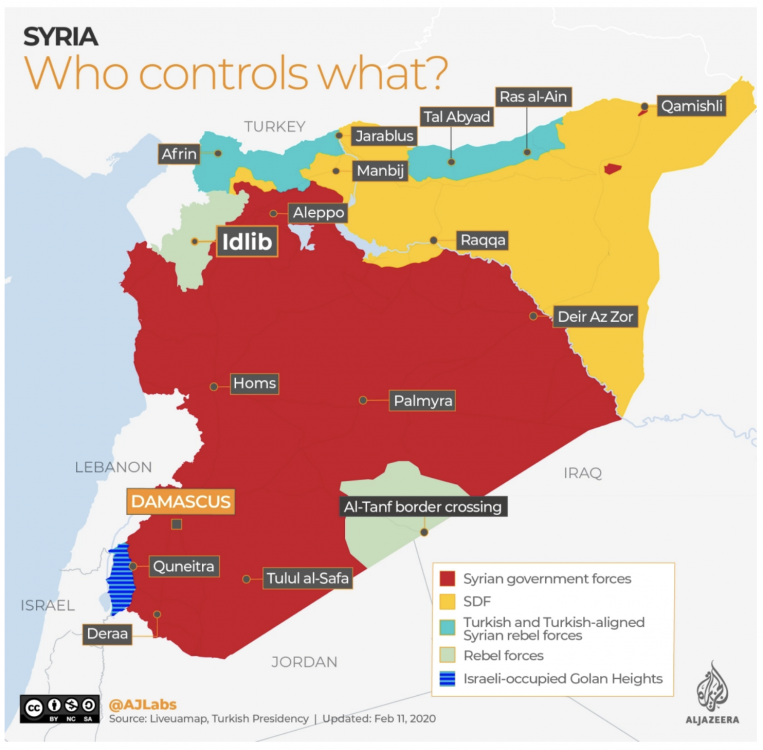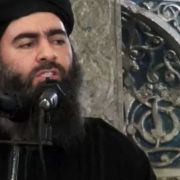1.2K
Read it in your language • Lealo en su idioma • Lisez-le dans votre langue • Lies es in Deiner Sprache • Прочитайте это на вашем языке • 用你的语言阅读
[google-translator]

THIS WORK IS LICENSED UNDER A Creative Commons Attribution-NonCommercial 4.0 International License
OF INTEREST TO OUR READERS
Acclaimed by critics, Ron Ridenour’s incisive history of the struggle between the US and Russia, extending from the Bolshevik revolution to our day, plus a wide-ranging and comprehensive analysis of many cultural America features which continue to bolster the US drive for world domination, is now available in print at a discount price. It’s 564 pages packed with information, many critical but practically unknown facts, and an uncompromising revolutionary perspective on the colossal challenges confronting this generation. (Click here or on the image below to order.)






















